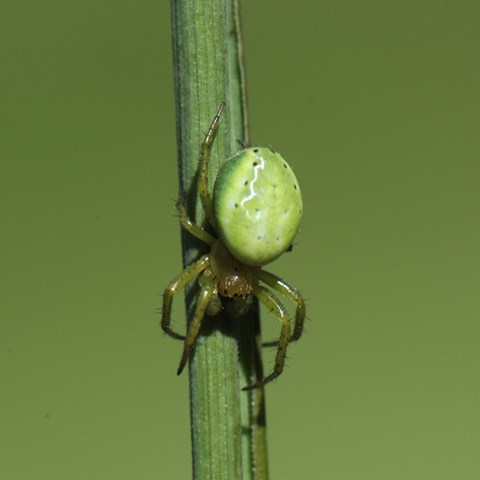Nature is both wonderfully and challengingly diverse. When thousands of species may interact with each other at the same time, it becomes difficult to set up models which can usefully predict how species and important ecosystem functions will be affected by environmental changes. A new project at Swedish University of Agricultural Sciences can contribute to simpler models. Researchers will investigate whether who interacts with whom can be revealed by species traits – like by their size, forcing bigger creatures to contend with eating smaller ones.
Species and ecosystems are affected by climate change, by invasive species, and by habitat destruction. While some species benefit from human activities others, many harmed and some risk extinction. Changes in species composition will in turn affect ecosystem functions and services – such as pollination and nutrient cycling. The exact consequences can still be hard to establish, when thousands of species interact with each other in complex food webs. Measuring each of millions of interactions one by one is simply not feasible.
Who eats whom and how often?
- A possible solution may be to find a few simple rules which can predict and summarize the interactions. As an example, the size relationship between predators and potential prey can predict who eats whom and how often, said Tomas Roslin, professor at the Department of Ecology.
General rules of this kind can provide tractable models, and general insights into how food webs work in nature.
Now, researchers at the Department of Ecology will study how well or poorly different species traits can predict how they interact – and how that, in turn, can affect the abundance of species and the functioning of the ecosystem.
Focus on trophic interactions
The Department of Ecology has gathered substantial expertise on species, ecosystem services and food webs. Activities at the Department include a new focus on trophic interactions – on relations between species at different levels of the food chain as tied into larger food webs. The question of who eats whom will also unite researchers traditionally focused on insects, plants, birds or mammals – as they jointly examine how their study organisms interact with each other.
The project has been funded by The Swedish Research Council.
